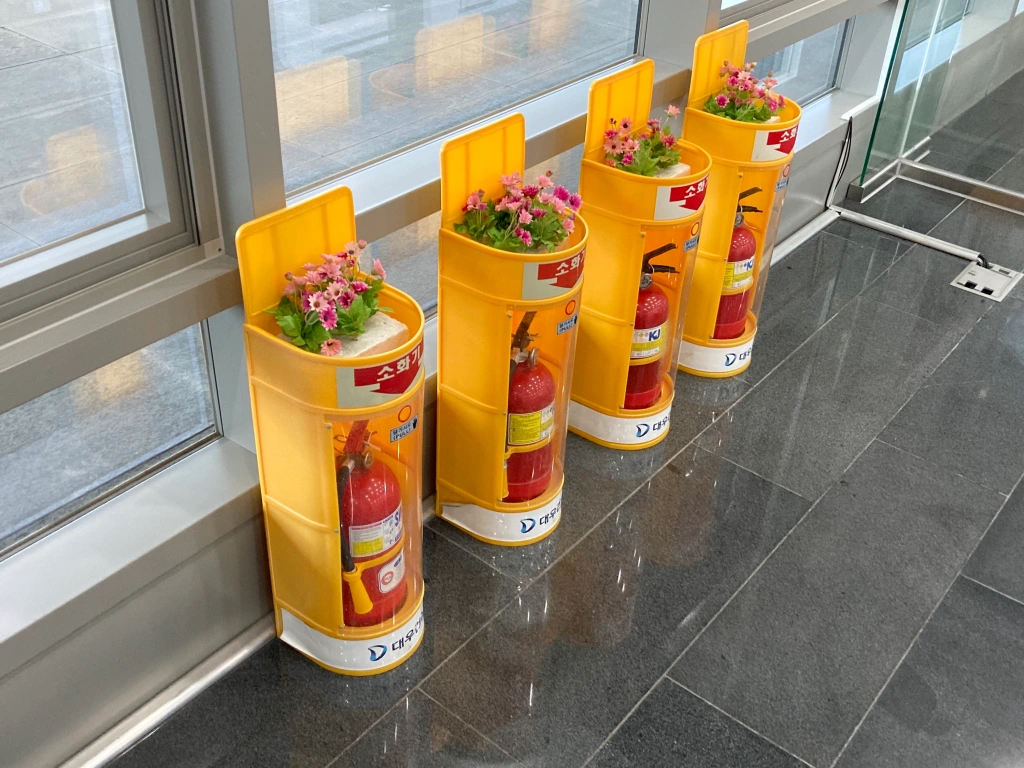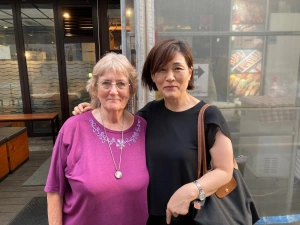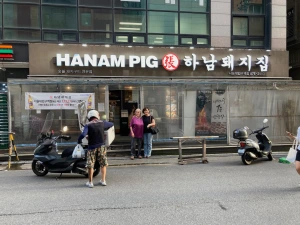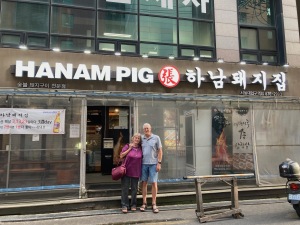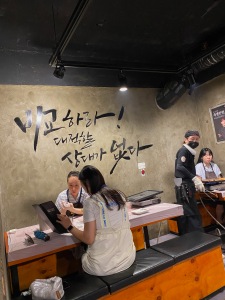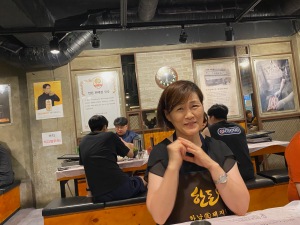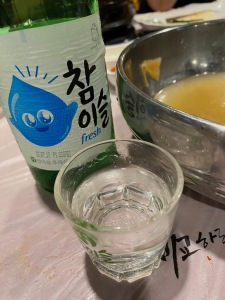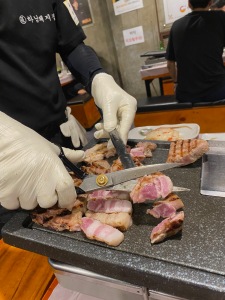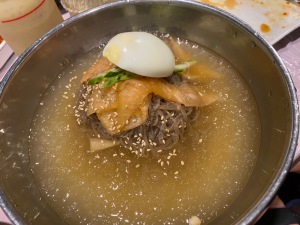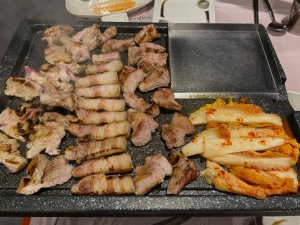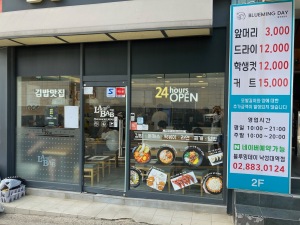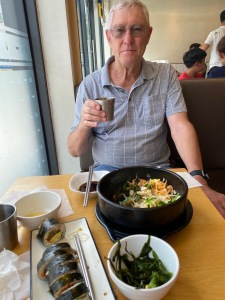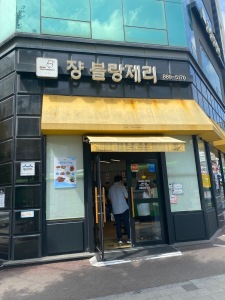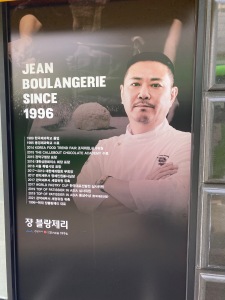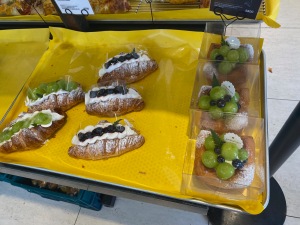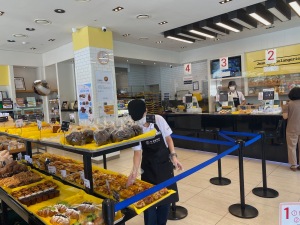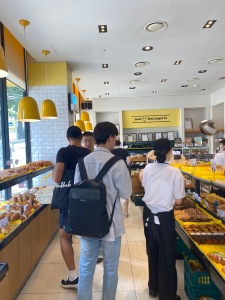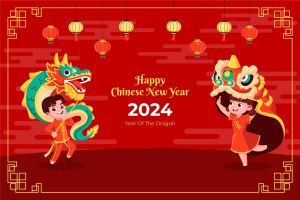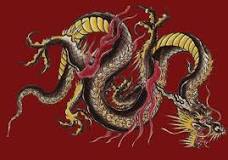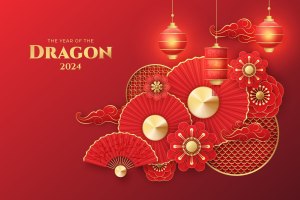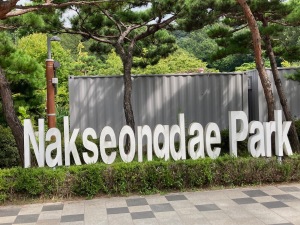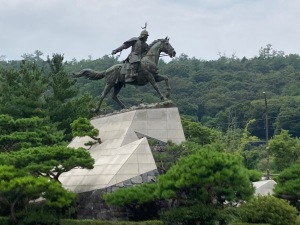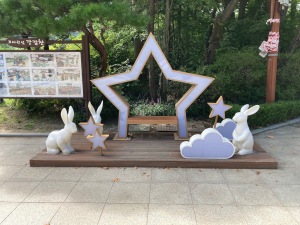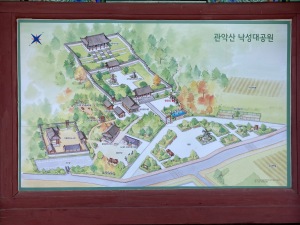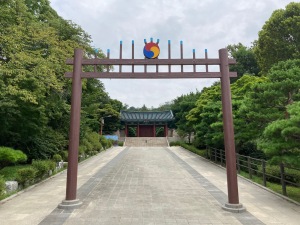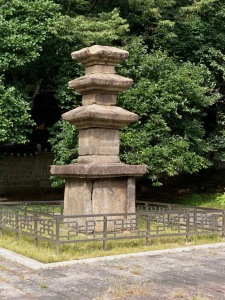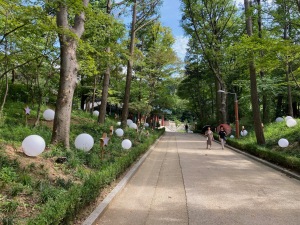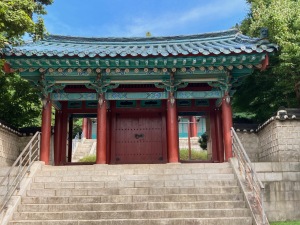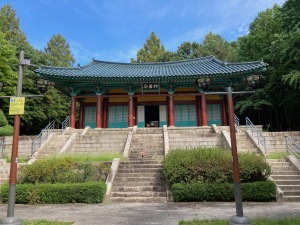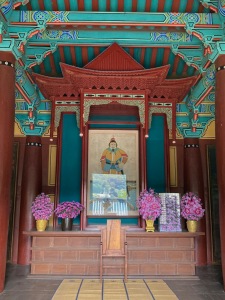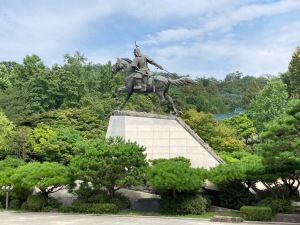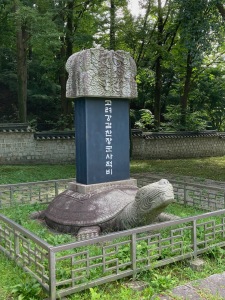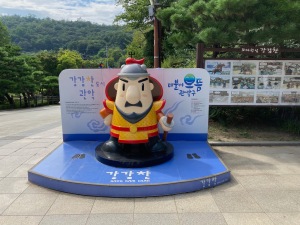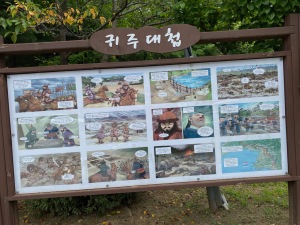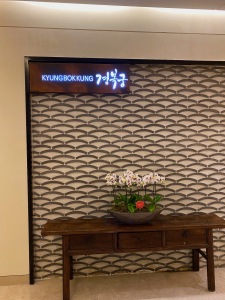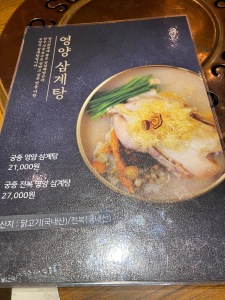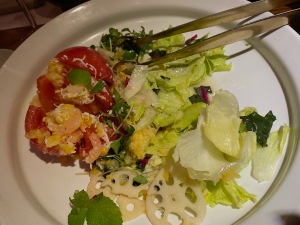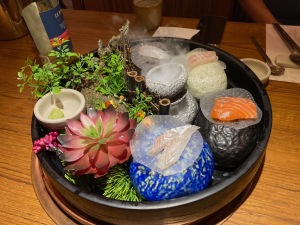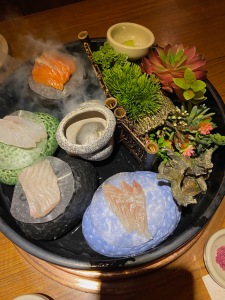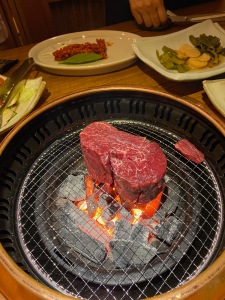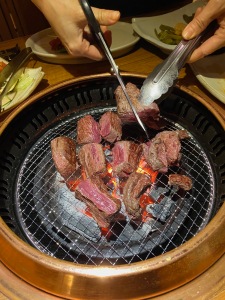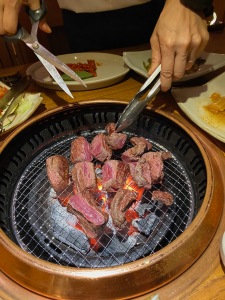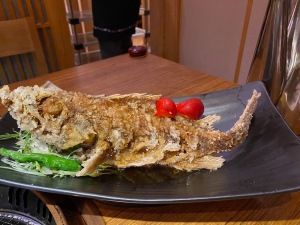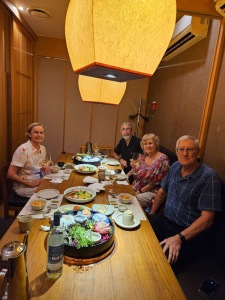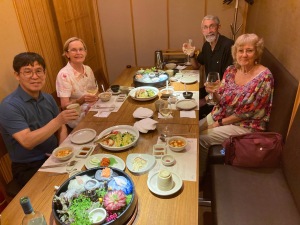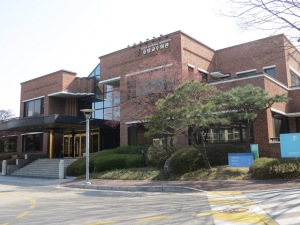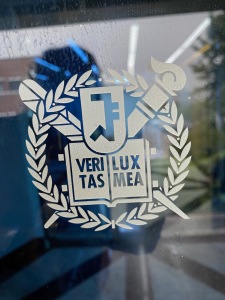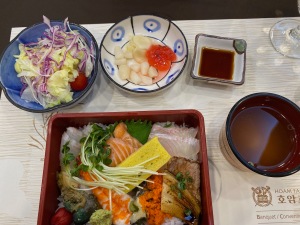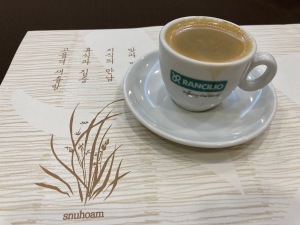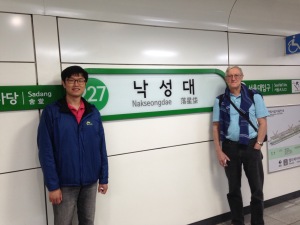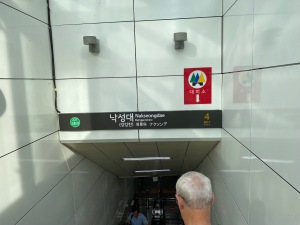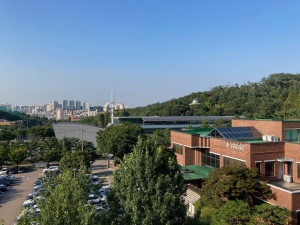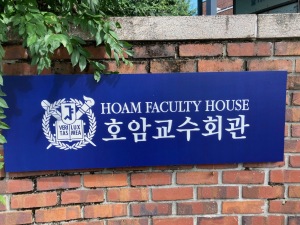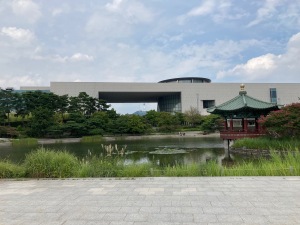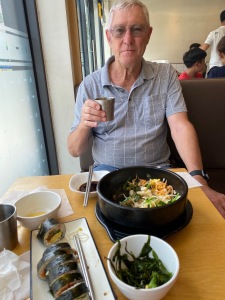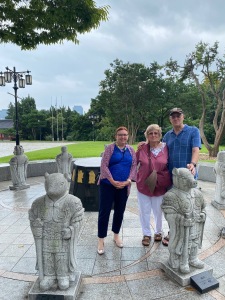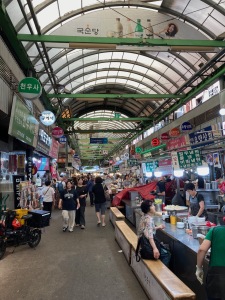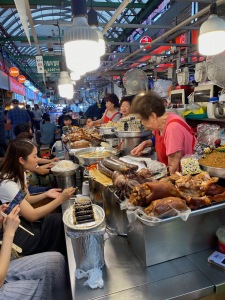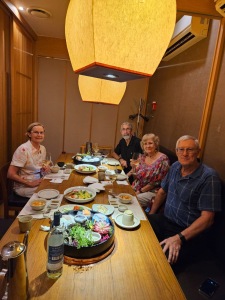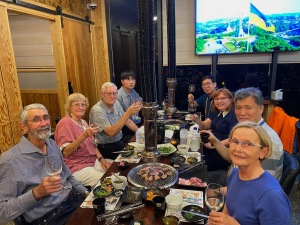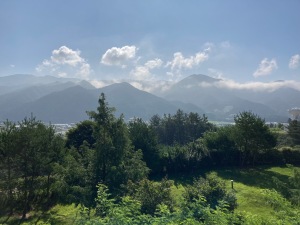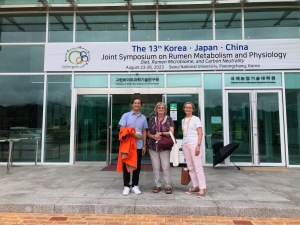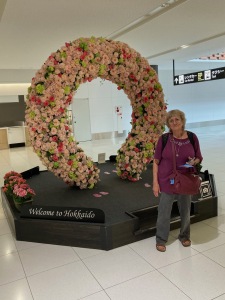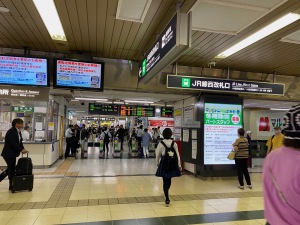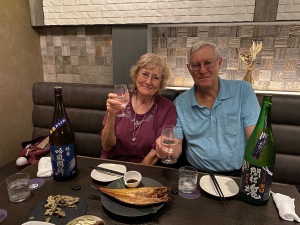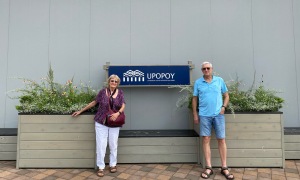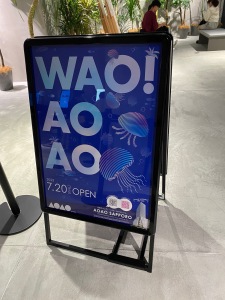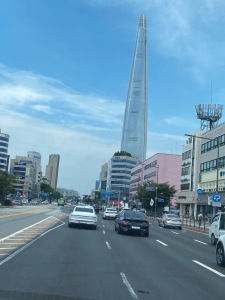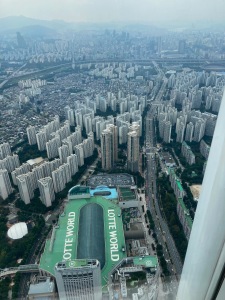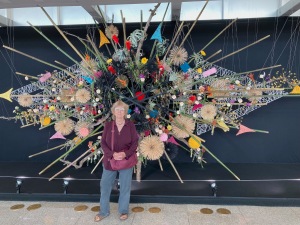KOREAN FIRST BIRTHDAY, “Dol” in Korean.
Recently, the young son of our Korean friends in Urbana had his first birthday and we saw him in his birthday hanbok—so cute! This got me thinking about the Korean first birthday traditions. I wrote about this many years ago in an article published on Fiesta, part of Just SayGo, a travel website that is now defunct.
I have the text of that article, as explained to me by a number of Korean friends and students, but especially Jaeyeun. Sadly, I don’t have the original photos, except one of Jaeyeun’s daughter, a great pity, as Jaeyeun did a wonderful job with all the decorations and traditional trappings. However, I do have a Dropbox link, so I think you can probably see a PDF of the article.
https://www.dropbox.com/s/hczgkmqch8kw4fl/Korean%201st%20B%27day.pdf?dl=0
But, for easier reading, here is the article text again.
In Korea, the first birthday and the 60th birthday are very important milestones. Both are carry-overs from days gone by when infant mortality was high, and people believed that if a baby reached the first birthday, the baby would probably live. As Jaeyeun said, “Long time ago, babies got diseases or died, so people celebrated that they were alive. People want the baby to eat well and to have good fortune”. Life expectancy then was much shorter than now, and so reaching 60 was also very special.
For both these birthdays, the family plans a huge celebration.
The first birthday party is especially interesting as it has many symbolic elements and is very colorful.
All Koreans want to have a special celebration for their child’s first birthday. Some families use a party planning company, or rent a hotel hall or golf club hall, but many prepare all the elements of the party at home—as Jaeyeun did.
The most important element of the celebration is the specially prepared table, called “dol sang” in Korean. This low table has unique decorations in front, between the tabletop and the floor, called “dol go-im”. They consist of a series of tubes stacked vertically. In ancient times, the royal and rich people started this, and filled the tubes with candy: at that time, ordinary people couldn’t afford candy, so they made piles of apples and other fruit. Nowadays, the table has both the tubes and the fruit. Jaeyeun made her own tubes by using empty paper towel cardboard tubes, which she decorated with hundreds of multi-colored, square-shaped pieces of gum. She glued on the pieces of gum in symbolic patterns. These designs are often used in Korean interior design, on window frames, and on bed linens. It took her about 2 weeks to decorate the 5 tubes.
The arrangement of items on the table is also very important. The parents put the baby to sit in front of the table. In front of the baby are a spoon, chopsticks, a rice bowl and a bowl of seaweed soup. Behind that are small piles of “dok” (rice cakes), both white and rainbow-colored. “Dok” is important as it symbolizes a long life. There is also fruit, arranged in towers—usually apples, oranges and Korean pears—and these days many families add an American-style birthday cake.
Perhaps the highlight of the celebration is the “Choosing Game”. Parents lay out certain items that, depending on which the baby picks up, will hopefully predict the baby’s future life. The traditional items are; a piece of thread (for long life); some money (for wealth); a pencil (for a studious or academic future); rice (for much food in life). Nowadays parents often also add toy stethoscopes, golf clubs, or computer games—hoping for that future profession. Jaeyeun’s daughter, Yoonhyung (Kate) first picked up money, and then rice. Her older son picked up a pencil and then rice at his party.
The baby wears a ‘hanbok’, traditional Korean clothing. Kate’s hanbok had a red silk skirt with iron-on gold patterns at the bottom, and sleeves with many different colored stripes. She also had a special traditional hat, the kind that both girls and boys wear. Nowadays parents and guests tend to wear regular clothes but in the past they would also wear traditional hanboks.
It’s also traditional to bring gifts for the baby. The most traditional, and still given by grandparents, are baby rings and charm bracelets. Kate received a gold ring decorated with a pencil engraving and a red painted flower (for good luck) and a charm bracelet with bells and pigs (pigs symbolize wealth and good fortune).
Besides the table, other decorations are fairly simple—lots of balloons and a banner. After the baby has eaten at the table and done the “Choosing Game”, the parents serve food to all the guests, who are likely to be numerous. Favorites are rice, seaweed soup, bulgogi (a meat dish) and salad.
Jaeyen said it was a great party but a lot of work and very tiring but she would never consider breaking with tradition.
